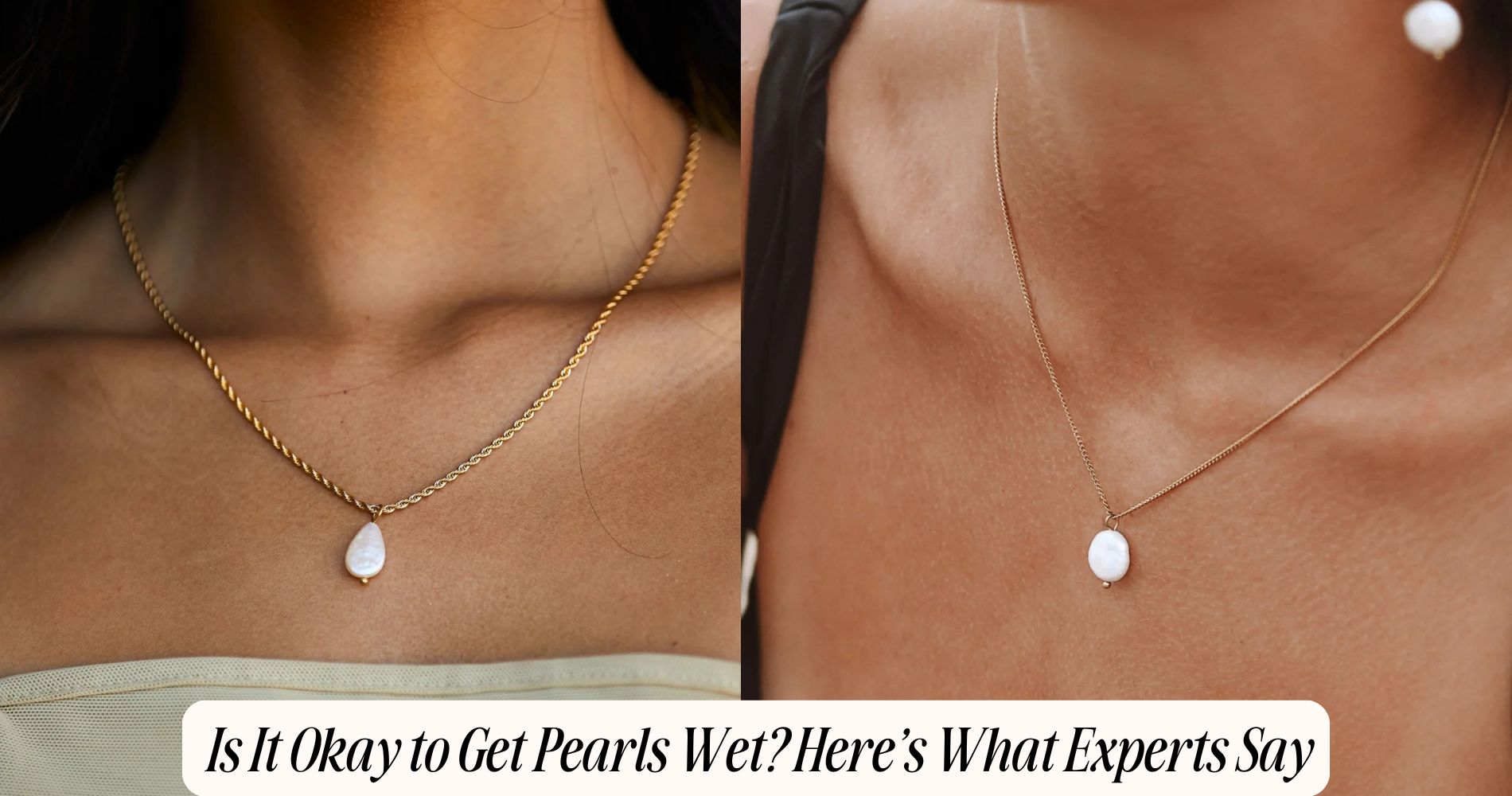
Is It Okay to Get Pearls Wet? Here’s What Experts Say
Wondering is it okay to get pearls wet? The short answer is no. Experts warn that moisture can seep into the pearls' porous nacre, weakening their structure, causing layers to swell or separate, and quickly dulling their natural luster. Even routine activities like showering or washing hands can expose pearls to minerals and proteins that may stain or damage their surface. To preserve their beauty, always keep pearls dry and wipe them gently with a soft, damp cloth. To see beautifully crafted options that blend elegance with easy care, explore our Single Pearl Necklace collection.
Understanding the Composition of Pearls
Although pearls might appear delicate, their structure is remarkably complex. You’ll find that natural and cultured pearls consist of concentric layers of aragonite—crystalline calcium carbonate—bound by conchiolin, an organic protein. During pearl cultivation, mollusks secrete these substances over a nucleus, producing a lustrous and resilient surface.
This microstructure gives pearls both their beauty and their vulnerability to environmental changes. In contrast, artificial pearls are typically made from glass or plastic beads coated with a pearlescent substance, lacking the intricate layering of natural pearls.
Understanding these compositional differences is critical when evaluating how pearls might react to moisture. Because genuine pearls are organic composites, they’re more sensitive to chemicals and prolonged exposure to water than artificial pearls, which have a less reactive, synthetic makeup.
How Water Affects Pearl Quality
Given pearls’ organic composition, exposure to water triggers distinct chemical and physical responses. When you submerge pearls, their porous nacre can absorb moisture, leading to structural weakening over time. Freshwater exposure, in particular, may cause nacre layers to swell or separate, diminishing luster and durability.
Minerals and impurities in tap or pool water can accelerate surface etching, resulting in visible pearl staining. Such staining alters color, reduces iridescence, and creates uneven patches that compromise the gem’s uniform appearance.
Extended contact with water may also dissolve trace proteins binding the nacre, making pearls more susceptible to cracking or peeling. By understanding these mechanisms, you’ll see why maintaining dry conditions is essential for preserving pearl quality, minimizing irreversible chemical and physical deterioration.
Common Scenarios Where Pearls Might Get Wet
Whether you’re wearing pearls daily or reserving them for special occasions, there are several routine situations where they can come into contact with water. Showering, washing your hands, or even being caught in the rain while wearing pearl jewelry are typical scenarios.
During pearl cleaning, you might unintentionally expose pearls to excessive moisture if you use wet cloths or submerge them. In addition, storing pearls in humid environments, such as bathrooms, increases the risk of water exposure over time.
Even perspiration can introduce moisture to pearls when worn against the skin. Improper pearl storage—like keeping them in airtight plastic containers—can trap humidity and accelerate deterioration.
Understanding these common occurrences is essential for minimizing inadvertent water exposure and preserving the integrity of your pearls.
Expert Recommendations for Caring for Pearls
Because pearls are composed primarily of calcium carbonate and organic proteins, experts emphasize that exposure to water and chemicals can degrade their nacre and luster.
To maintain ideal condition, you should employ specialized pearl cleaning methods. Use a soft, damp cloth for routine cleaning and avoid ultrasonic cleaners, harsh detergents, or abrasive materials that can compromise the surface integrity.
For pearl storage, always keep pearls separate from harder gemstones and metals to prevent scratches. Store them in a soft pouch or a lined jewelry box, and avoid airtight containers, as pearls benefit from a small amount of ambient moisture.
Never store pearls in plastic bags or expose them to extreme temperatures, as these environments accelerate deterioration of the pearl’s organic matrix and surface.
Steps to Take if Your Pearls Do Get Wet
Even with careful handling and proper storage, pearls may still come into contact with water. If your pearls get wet, act quickly to minimize potential damage.
First, pat each pearl gently with a soft, lint-free cloth to remove surface moisture. Don’t use heat or strong air currents, as these can cause cracking.
For effective pearl cleaning, avoid detergents or ultrasonic cleaners, which degrade the nacre.
Allow the strand to air dry flat on a clean towel, ensuring that moisture doesn’t accumulate near the drill holes.
Once dry, inspect the silk thread for signs of stretching or fraying, as wetness can weaken it.
Before returning pearls to your jewelry storage, confirm they’re completely dry to prevent mold and thread deterioration.
Long-Term Tips for Preserving Pearl Luster
While pearls are inherently delicate due to their organic composition, you can maintain their luster through consistent, mindful care. Implement a regular pearl cleaning routine using a soft, damp cloth to remove oils and residues after each wear. Avoid commercial jewelry cleaners, as harsh chemicals degrade nacre.
For deeper cleaning, use only mild, diluted soap and rinse quickly, ensuring pearls don’t soak.
Optimal pearl storage is also critical. Store pearls separately from other jewelry in a soft cloth pouch or a lined box to prevent scratches. Maintain moderate humidity; extremely dry environments can cause pearls to crack, while excessive moisture encourages mold.
Don’t hang pearl necklaces, as this stretches the silk thread. These technical strategies help preserve your pearls’ brilliance long-term.
Frequently Asked Questions
Can Pearls Be Worn in Chlorinated Swimming Pools?
You shouldn't wear pearls in chlorinated swimming pools. Chlorine can erode their nacre, causing damage and discoloration. For ideal pearl maintenance, remove jewelry before swimming and prioritize proper jewelry storage in a soft, dry environment to preserve longevity.
Are Pearls Safe to Clean Using Ultrasonic Cleaners?
You shouldn't use ultrasonic cleaners for pearl maintenance. This cleaning technique can damage pearls' nacre, causing cracks or discoloration. Instead, gently wipe pearls with a soft cloth and mild soap, preserving their luster and structural integrity.
How Do Pearls React to Perfumes or Lotions?
When you expose pearls to perfumes or lotions, you compromise pearl durability by allowing chemicals to erode their nacre. For ideal jewelry maintenance, always apply such products before wearing pearls to prevent surface dullness and degradation.
Do Pearls Have Any Health Benefits When Worn?
You won't experience direct health benefits from wearing pearls, as clinical studies don't support such claims. Focus on pearl preservation and jewelry maintenance instead, ensuring your pearls' longevity rather than expecting any scientifically validated wellness effects.
Are There Synthetic Alternatives That Are More Water-Resistant Than Real Pearls?
You’ll find synthetic alternatives like glass or plastic pearls that often feature water resistant coatings. These coatings provide superior moisture protection compared to natural pearls, so you can expect enhanced durability and reduced risk of water-related damage.
Conclusion
While pearls can occasionally withstand brief contact with water, it’s best to avoid prolonged exposure. Water can penetrate the nacre and weaken the organic layers, leading to dullness and possible structural damage. Whenever your pearls get wet, dry them gently and quickly. Consistent care—including proper storage and avoiding moisture—helps preserve their luster and integrity. By following expert recommendations, you’ll guarantee your pearls retain their beauty and value for years to come.


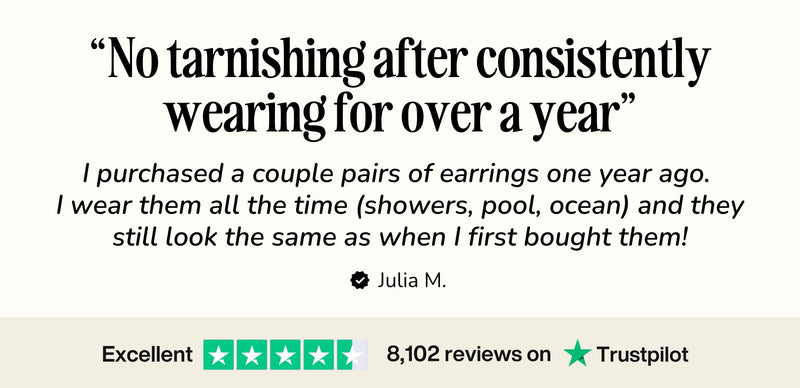




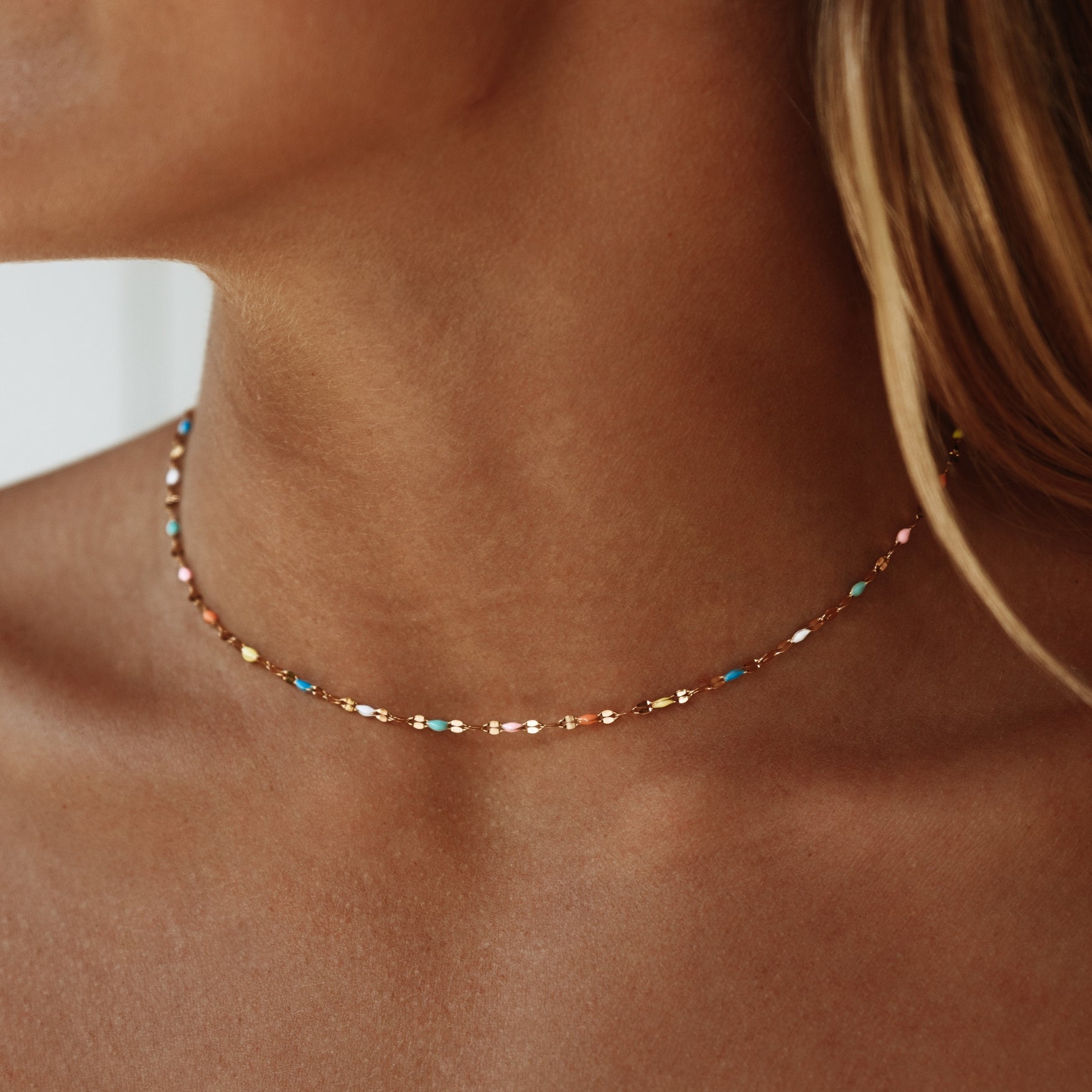
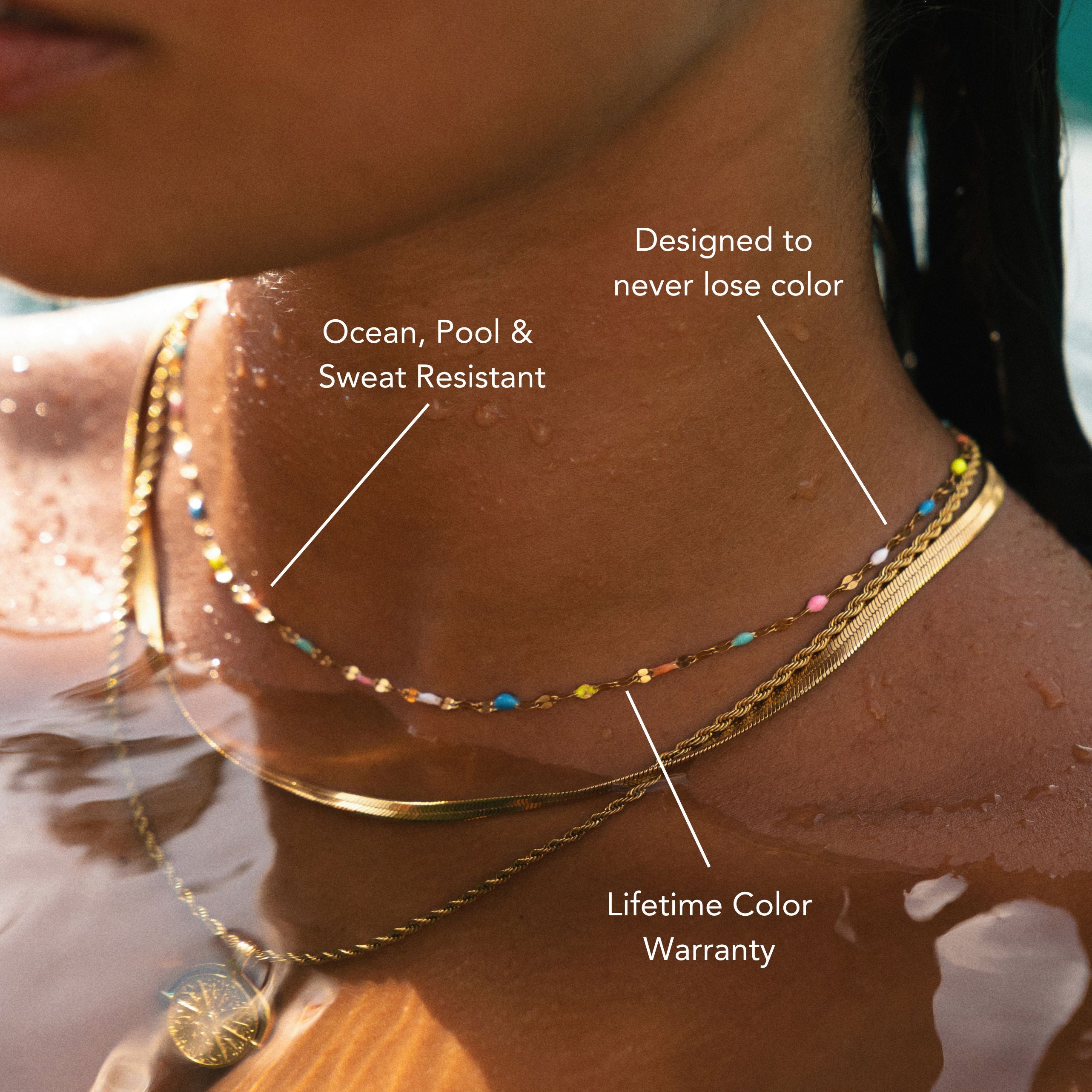
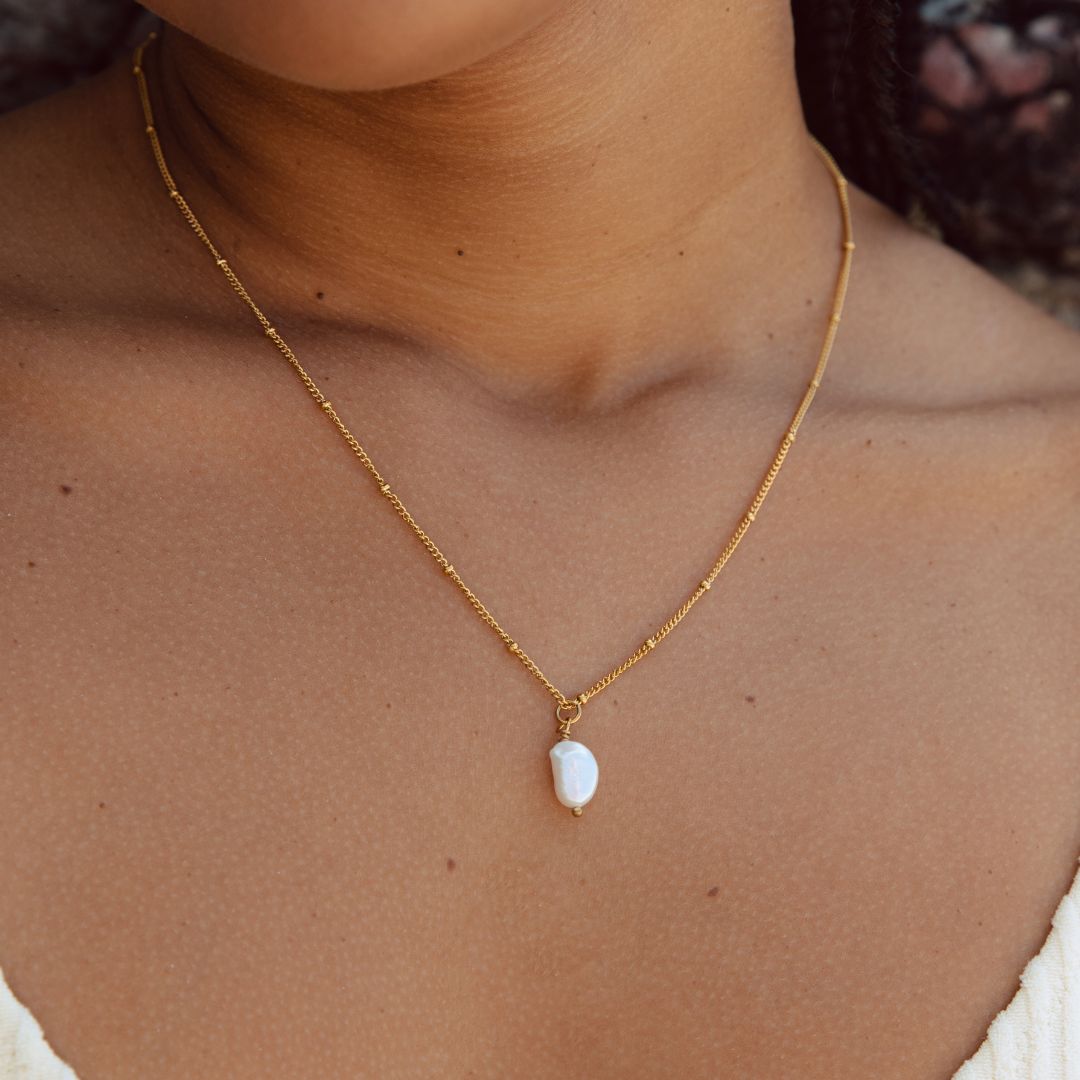
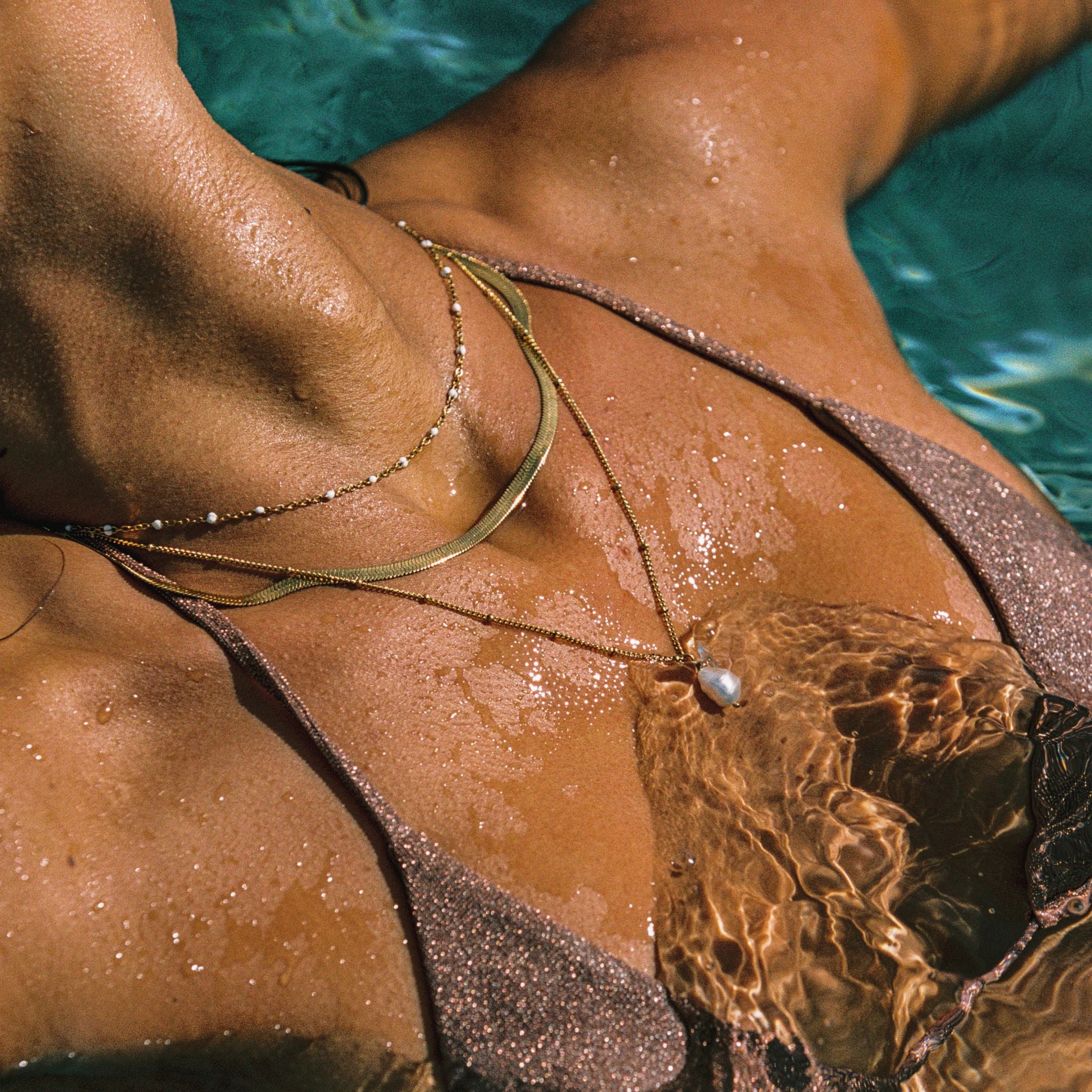
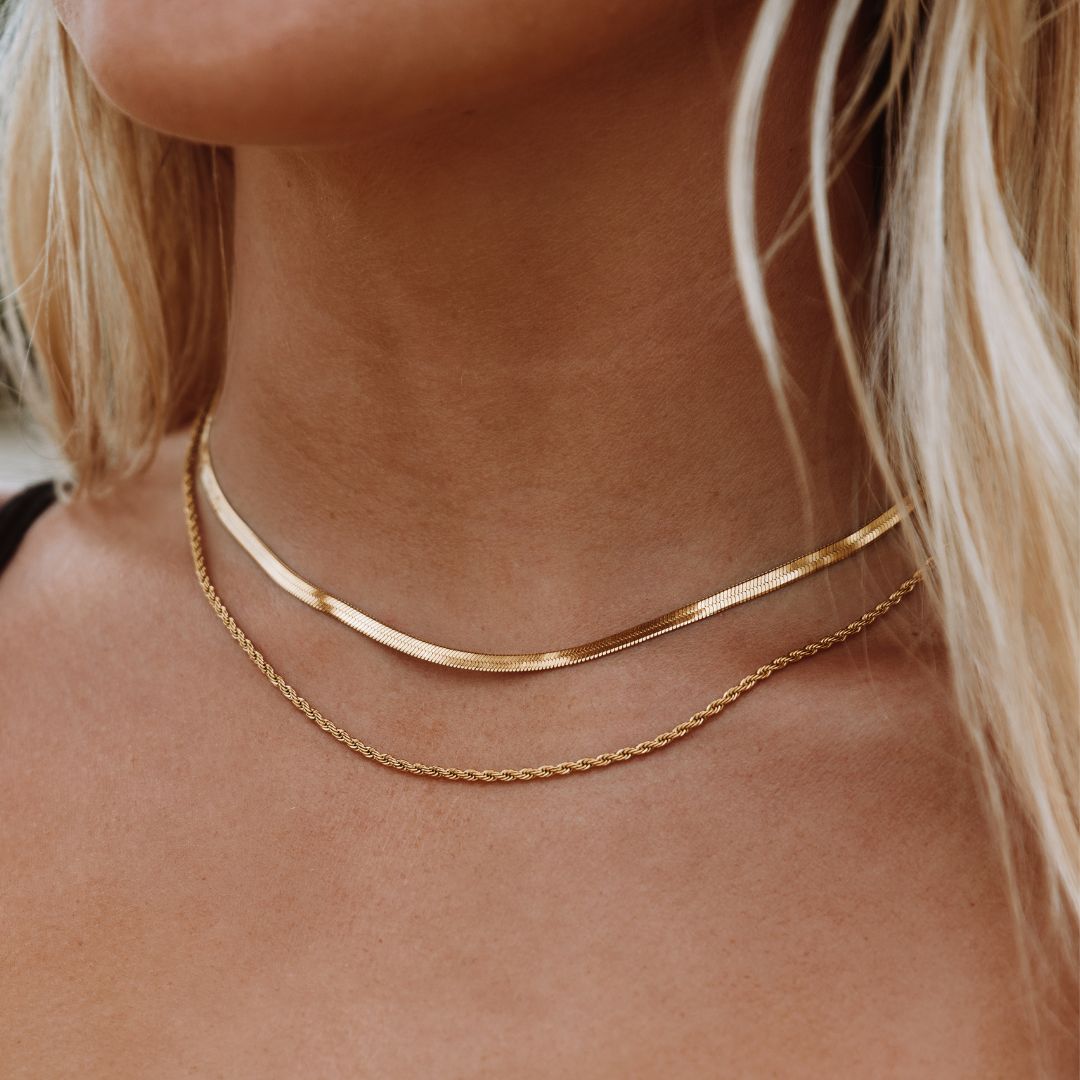
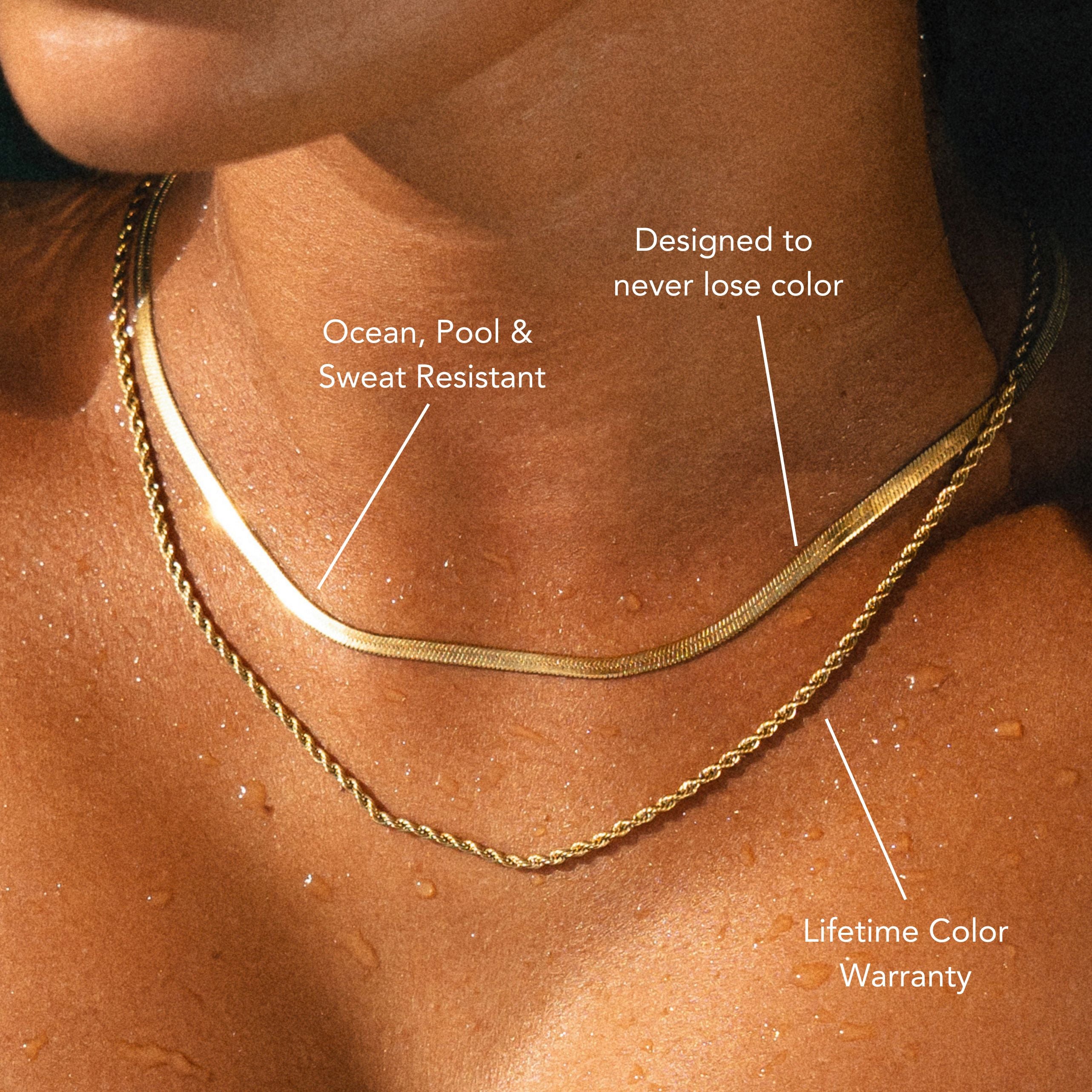
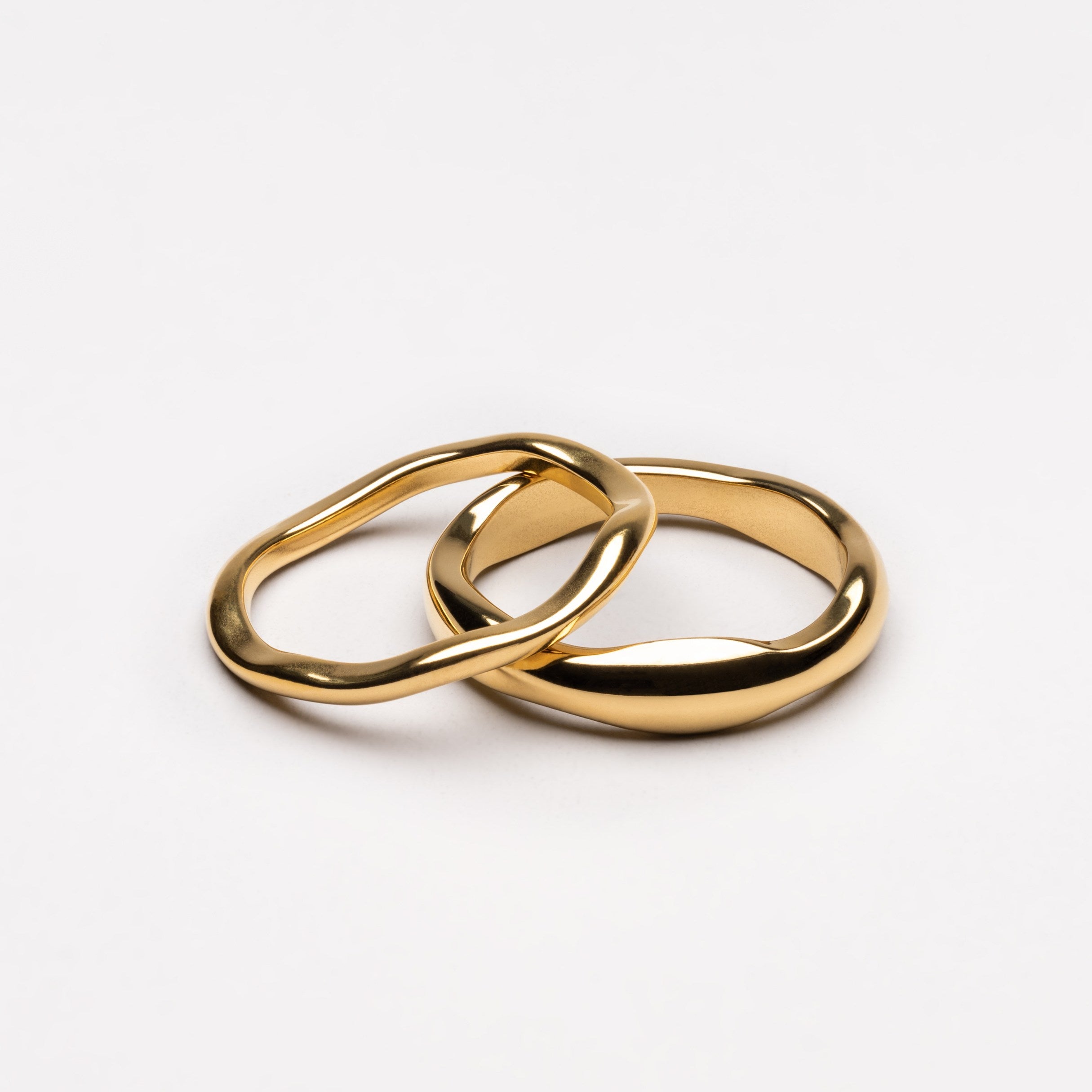
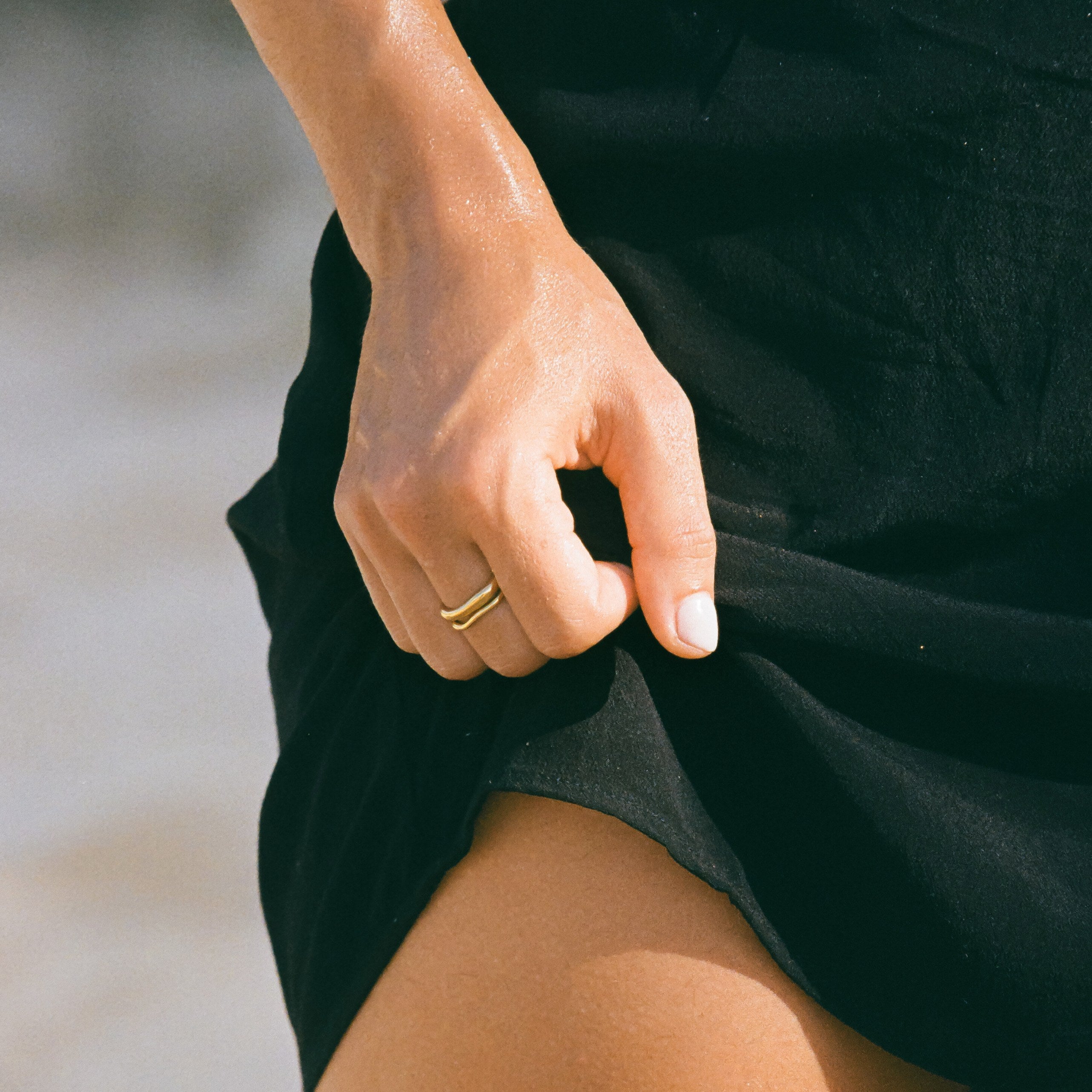
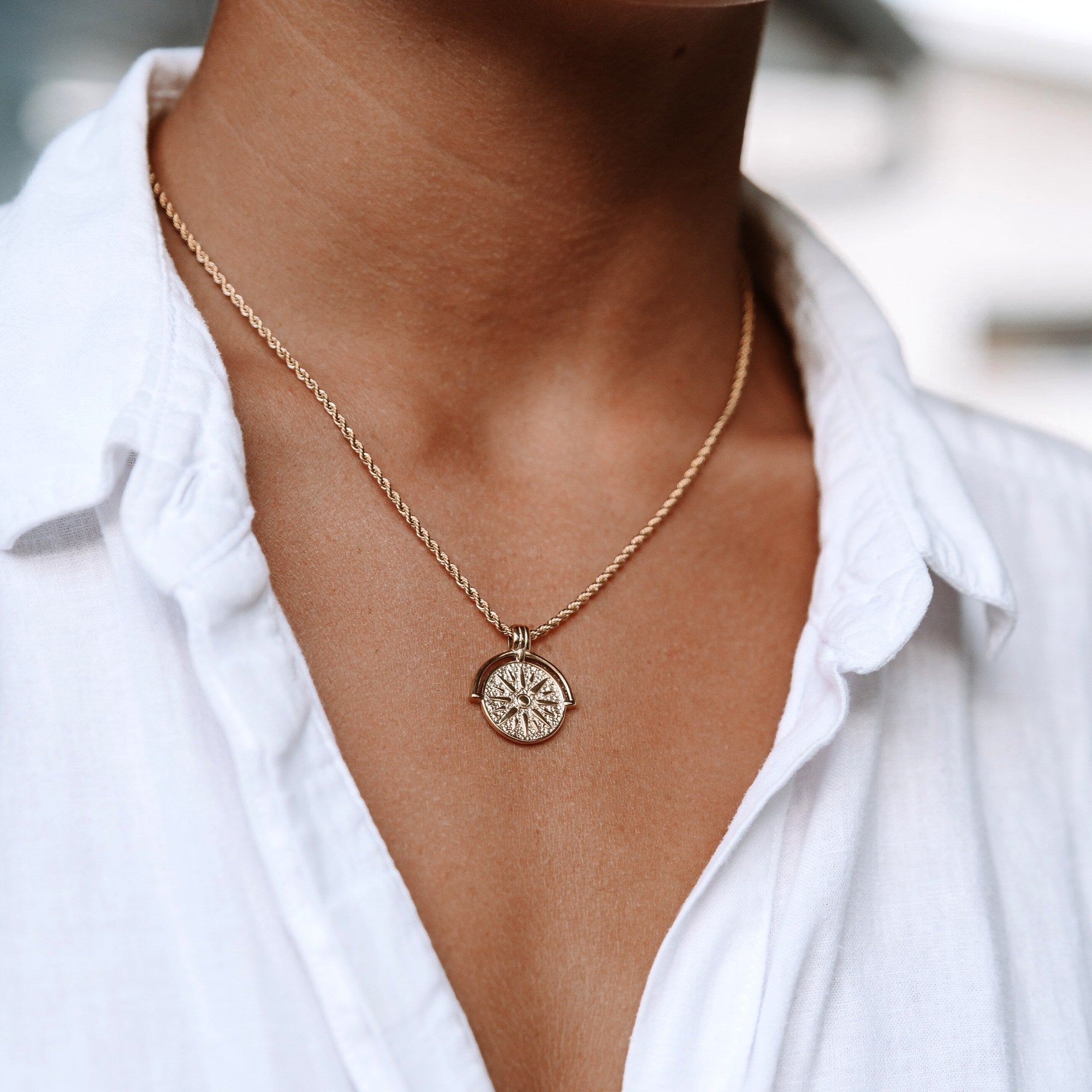
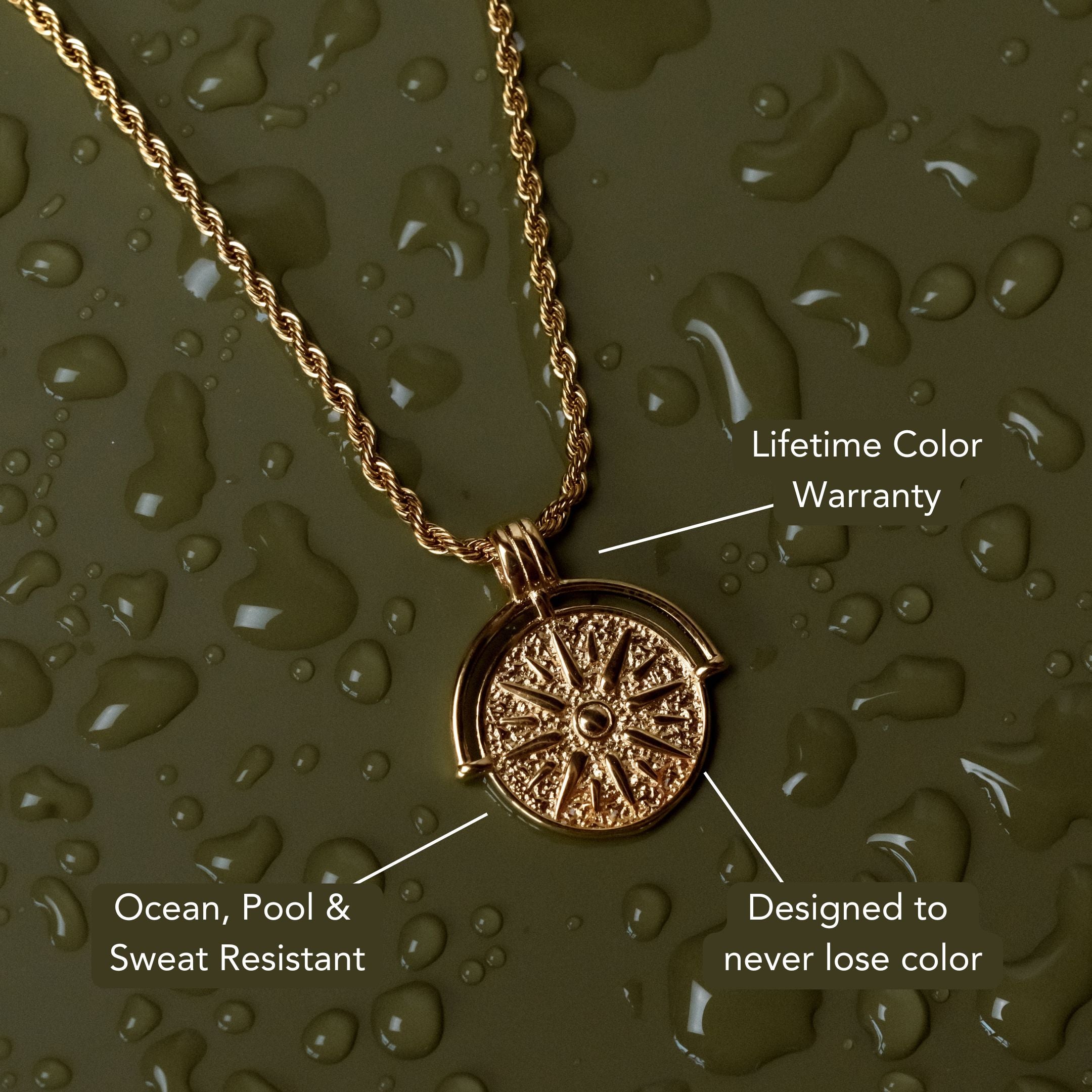
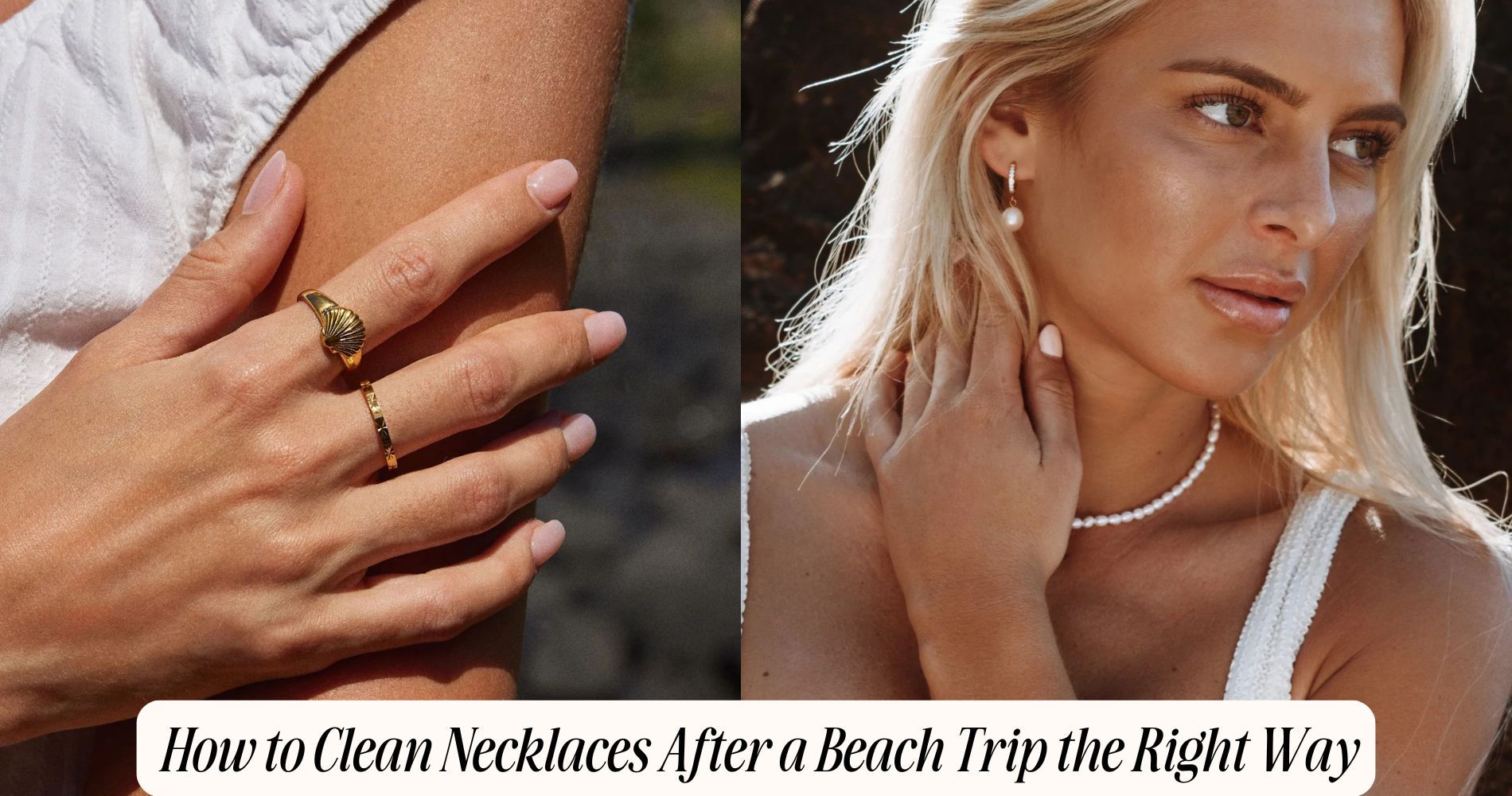
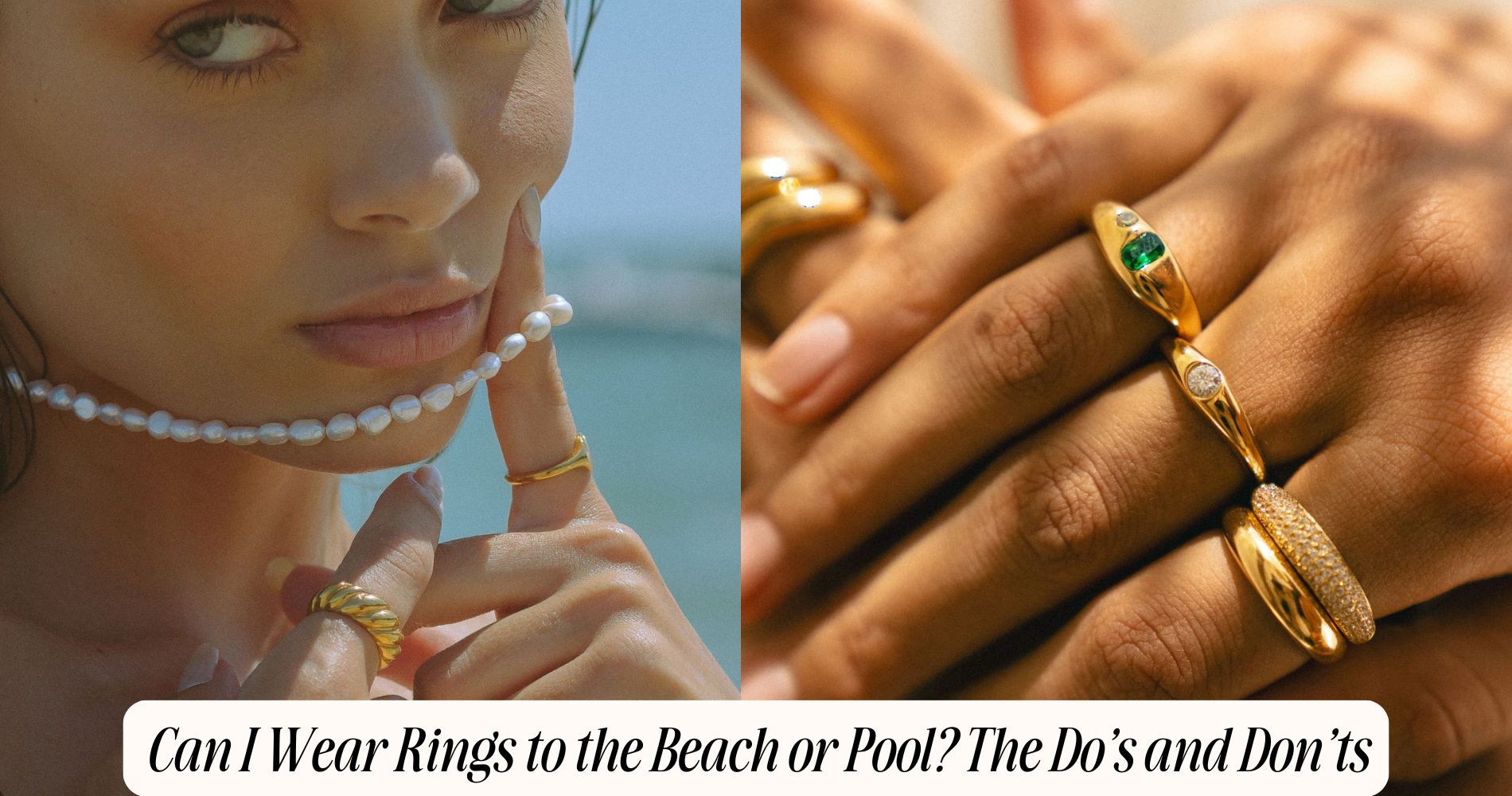




Leave a comment
This site is protected by hCaptcha and the hCaptcha Privacy Policy and Terms of Service apply.